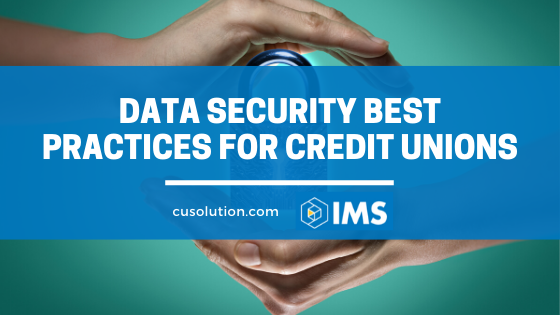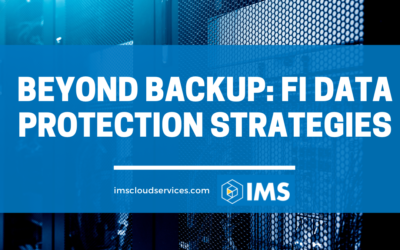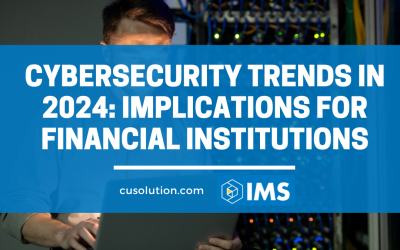Credit unions often serve some of the most vulnerable businesses in their communities. About 50% of small businesses that have a data breach in their operations will close permanently in the following 6 months. While credit unions may not fold so easily in the midst of a cyberattack, it’s still important to have excellent data protection protocols and contingency plans in the event that your data is hacked or compromised, and it’s not just for the benefit of your IT managers. Adopting credit union data security best practices can curb the risks associated with the storage and curation of sensitive customer data.
Data security is an ever-evolving and often underestimated superpower in the financial world. There are many great ways to improve your data security.
Barriers to Entry and Enhancement
Protecting your data, while always a worthy investment, is often very expensive, especially for smaller institutions. Onsite data protection is a great start, but the events of 2020 have also shed light on the many business’s shortcomings in the online data security arena. Without proper training and monitoring, employees can also easily perform unsafe data handling. As email scammers and hackers get more creative, the chances you or your business will be a victim of a cyberattack only grows.
Recognize potential threats
The first thing you should do is check your weak spots: gather a list of information that is most valuable to scammers. Knowing what the high-risk data is, and where it’s stored, is half the battle, as they say. Creating protocols and programs that scan for these valuable tidbits is a great way to pull this information together quickly and precisely.
Potential threats can also include older technology, like employees who leave login credentials or other access information somewhere easily accessible or noticed. Just because it’s not stored in a sophisticated and expensive device doesn’t mean it can’t be used to wreak havoc on your business.
Put Your Guard Up
Once you’ve identified your top targets, it’s time to reinforce them. Encryption is a common tool for protecting sensitive information, and it can be used on many fronts. Leverage tools like the ACET to set standards and controls that install safeguards against bad actors on your systems.
Diversify your approach using malware defenses, continuous monitoring systems, employee procedures, and the like. Your outside vendors are also common entry points for cyberattackers. Make sure your protections extend to these dealings as well.
Don’t forget to test your systems. Remember school tornado drills? It’s wise to practice these protocols in a controlled environment to be sure your institution is prepared for the real deal.
Conclusion
Credit union data security is an industry that evolves at breakneck speeds. A system that worked perfectly last year could leave dangerous gaps in your cybersecurity offerings this year and it is wise to keep an eye on new trends both in cybercrime and in the tools industry leaders are using to mitigate the risks.
Cybersecurity maintenance is a continuous and all-encompassing endeavor. Contact us for help, we can protect your data and meet your cybersecurity needs.



